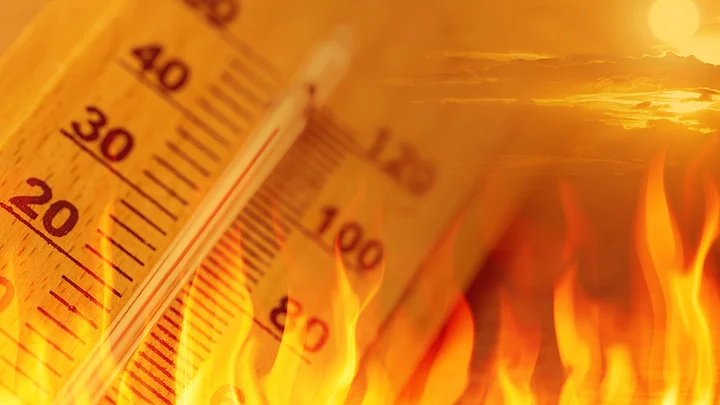India could possibly become one of the first countries to experience heatwaves with temperatures exceeding the human survivability limit, according to the Investment Opportunities in India's Cooling Sector Report by the World Bank.
Heatwaves to Become 25x Longer in the Next 15 Years
Heatwaves in the Indian subcontinent have exponentially increased in severity, frequency and duration over the last 60 years.
In April this year, India suffered through a heatwave that led to temperatures rocketing to nearly 46°C in New Delhi.
Within 2022 alone, there were 99 deaths recorded across India and Pakistan due to the heat. The month of March also broke records for having the highest temperatures ever recorded in the month.
"In August 2021, the Sixth Assessment Report of the Intergovernmental Panel on Climate Change (IPCC) warned that the Indian subcontinent would suffer more frequent and intense heat waves over the coming decade."--Investment Opportunities in India's Cooling Sector Report, World Bank.
India will be experiencing heatwaves that are approximately 25 times longer by the years 2036-2065, if carbon emissions are not reduced, the G20 Risk Atlas had warned in 2021. This was also seen in IPCC's worst case emissions scenario.
Heatwaves Will Have Severe Economic Impacts on India
The rising temperatures and extended heatwaves would directly impact India's economic growth and food security.
India's workforce is still heavily dependent on heat-exposed labour jobs, including agriculture.
Nearly 380 million people would be working in potentially life-threatening conditions.
According to the report, this would be make India extremely vulnerable to job losses, which would directly affect more than half of the country's Gross Domestic Product (GDP).
"By 2030, India may account for 34 million of the projected 80 million global job losses from heat stress associated productivity decline."Investment Opportunities in India's Cooling Sector Report, World Bank.
In 2021, a study by Nature revealed that India had observed the largest amount of heat exposure impacts amongst the South Asian countries.
Labour lost due to rising heat could affect India's GDP by up to 4.5% by the end of the decade, a report by McKinsey & Company, a global management consulting firm, revealed.
Food security will also be severely impacted as transportation of produce will require cold chain refrigeration. Currently, only 4% of fresh produce in India is covered by cold chain facilities.
The report estimates that the food losses due to heat would be approximately US$13 Billion.
The India Cooling Action Plan
The report, however, lauded India for being one of the first countries to recognise the need for a Cooling Action Plan (ICAP), which was initiated in 2019.
"Released by the Ministry of Environment, Forests and Climate Change and built over a 20-year timeline, ICAP is a multistakeholder-driven framework that identifies diverse sustainable cooling needs and suggests recommendations across key sectors."Investment Opportunities in India's Cooling Sector Report, World Bank.
As listed under the report, ICAP's major goals by 2037-38 include:
25% reduction of cooling demand
30% reduction of refrigerant demand
40% reduction of cooling energy requirements
(Our on-ground climate journalism needs your insights, ideas, and financial support - as we cover the biggest crisis of our times. Become a Q-Insider so we can bring more such stories to light.)
